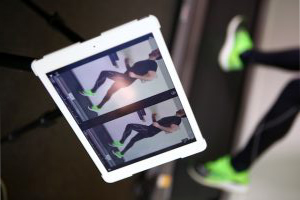Rehabilitation Services near Carlton North
Anything a patient does by themselves is referred to as active management – for example, home or gym-based strength exercise. Whilst any treatment done ‘to’ a patient is referred to as passive treatment – like manual therapy.
We believe a combination of the two approaches works best. Whilst some patients will only require passive treatment, many people will be empowered and respond quicker with active management as an adjunct.
We pride ourselves on taking a holistic approach to pain management and treatment, and often this means giving muscle strengthening or joint mobility work as part of their active management.
Sports injuries and tendon pain will typically require rehab work. In particular, tendons are challenging to work with. They respond best to strengthening by way of a progressive loading program. It is important to seek professional advice regarding how to proceed with a rehab program near Carlton North as it is easy to overload tendinopathy and aggravate it.
We keep exercise programs minimal to increase compliance and attempt to limit the rehab to 1-3 exercises at a time. Exercise prescription is often accompanied by a YouTube video describing the technique in detail.
All our practitioners Inner North Osteopathy are trained in providing customised and prescriptive exercise programs.
To learn more on rehabilitation or post injury care, we suggest getting in touch with our practice. Our practitioners can help you with a tailored rehab program near Carlton North to you help you get your best outcome.




